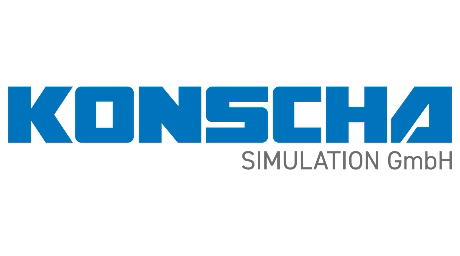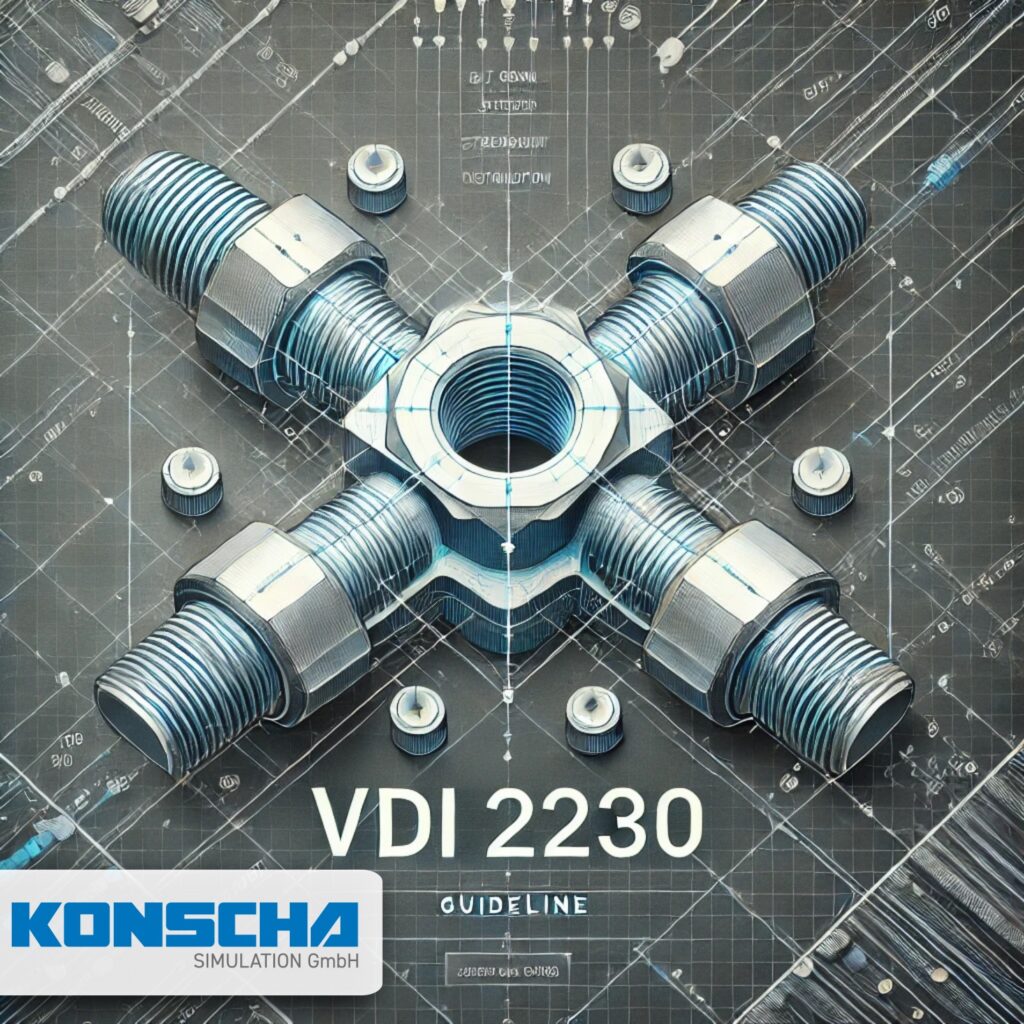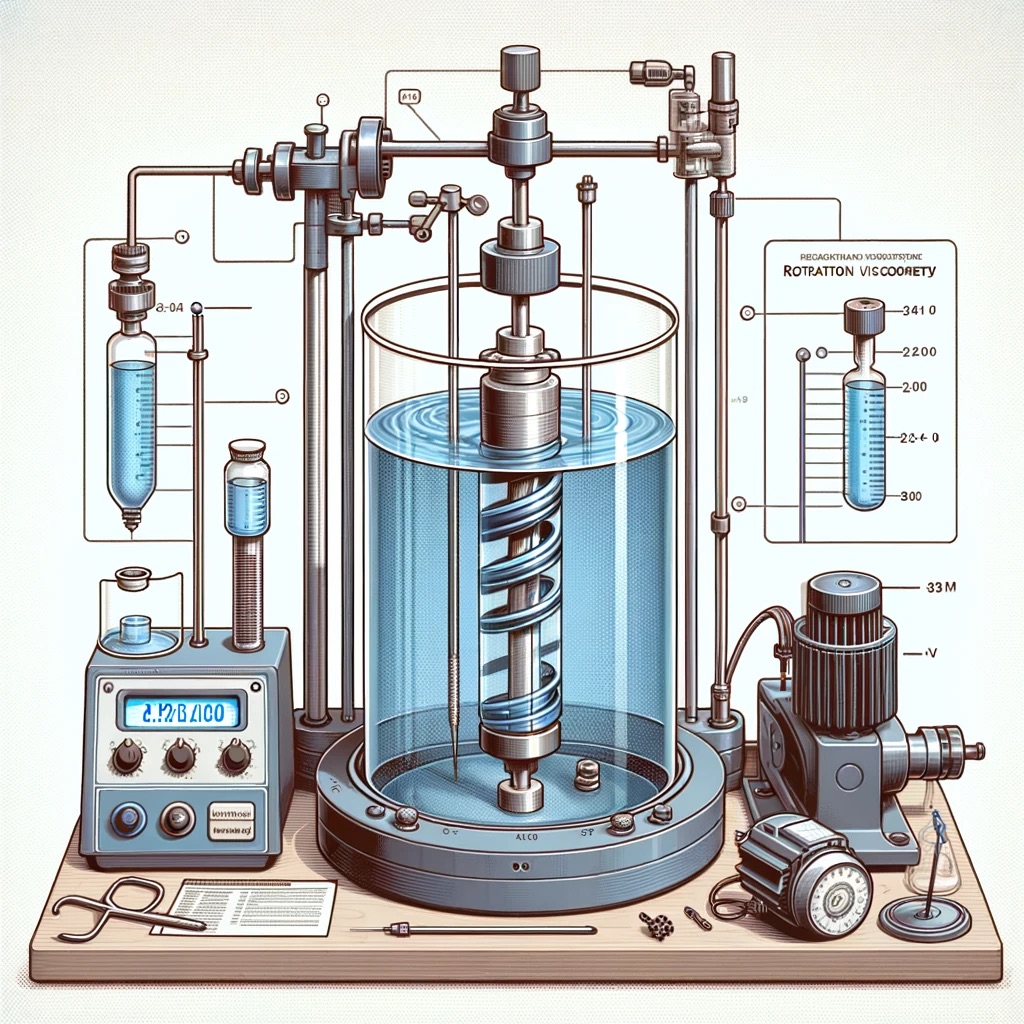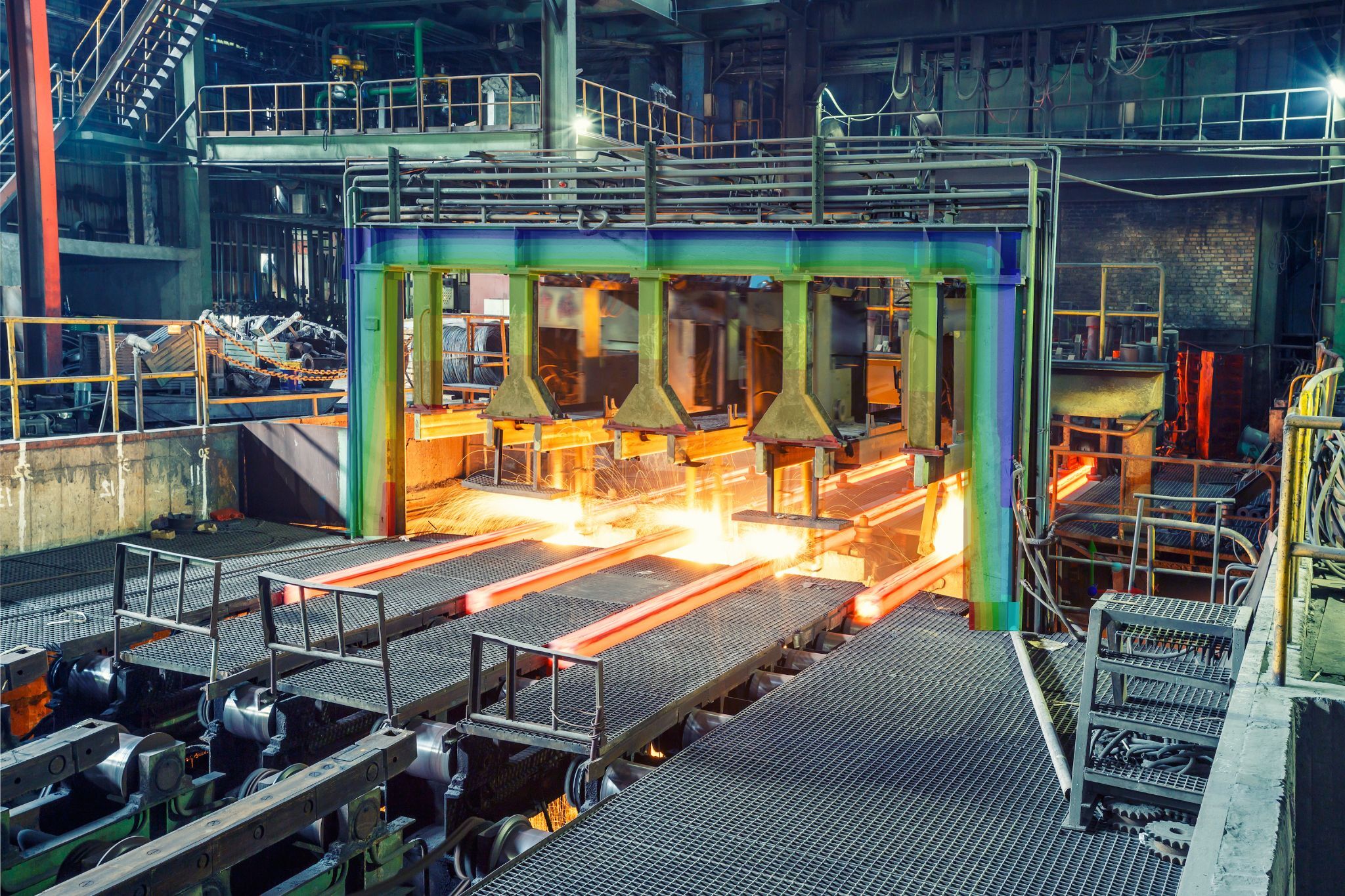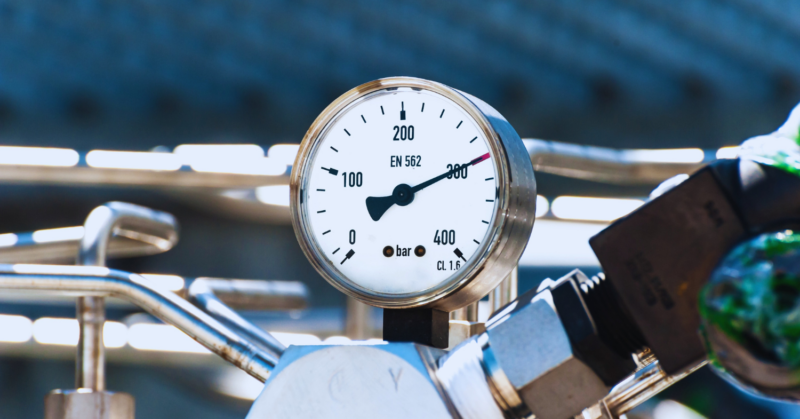One type of connection that is ubiquitous today and can be found in almost all machines, systems and steel constructions is the screw connection. Screws differ in terms of their size, strength and design (e.g. hexagon head screw). Where bolted connections with a nut are often used in steel construction, so-called through-bolt connections (DSV), screw-in connections (ESV) are frequently used in machines and systems. Here, the nut thread is cut into the head plate, where the bolts are later screwed in during assembly. The verification of bolted connections (DSV and ESV) is essential to ensure safe operation and prevent damage to people and machinery.
The internationally recognized VDI 2230 guideline – Systematic calculation of highly stressed screw connections– provides a particularly well-structured and reliable type of verification for cylindrical single-screw connections, not to be confused with ESV, as this always involves the verification of a single screw. In contrast to other common guidelines and standards, VDI 2230 provides a verification for screw-in connections that is not available in Eurocode 3 (DIN EN 1993), for example. Within the verification, a total of 13 calculation steps are carried out to ensure that the occurring forces can be absorbed by the bolted connection and the braced parts. VDI 2230 assumes that any shear forces occurring are transferred by the frictional contact of the braced parts for the assembly condition, and that the connection is primarily only exposed to bending moments and tensile forces.
VDI 2230: A systematic explanation of the calculation steps
The first step R1 is to determine the tightening method. This has a major influence on the forces present within the connection, depending on the scatter factor. For example, the common tightening method using an impact wrench is particularly inaccurate and can lead to scattering of more than 60% according to VDI 2230.
In R2, the required minimum clamping force must be determined analytically, depending on the transverse forces that occur or a required minimum tight clamping force. Determining these forces analytically is particularly difficult with complex systems and machines, which is why determining them using simulation offers a decisive advantage.
Depending on the bolt and the clamped parts, the next step R3 determines how the operating force of the bolt is distributed and what changes in length are to be expected on the bolt. A numerical detail model is particularly suitable for determining the flexibility of the braced plates in order to determine the most accurate values.
If connections are tightened or loosened several times, the thread is smoothed, which leads to so-called setting losses within the screw connection and reduces the tightening force. For this reason, the setting force that occurs is calculated in R4 depending on the type of load on the bolt.
Based on the previously determined values, the minimum and maximum assembly preload force of the screw can be determined, which must be below the permissible assembly preload force depending on the friction and the strength class. This is where the influence of the tightening process becomes particularly apparent, which can lead to large differences. As experts, we often advise our customers at this point in everyday project work as to which methods may be more suitable and thus find the optimum solution.
In the subsequent steps R8 and R9, it is verified that the static and cyclic forces occurring can be absorbed by the screw connection. During operation, additional forces can occur in the bolt which increase the resulting stresses in the bolt, e.g. due to thermal expansion. It must be ensured here that the stresses occurring are below the permissible values, e.g. 640 N/mm² for strength class 8.8. The cyclic or dynamic loads must also be below the permissible amplitude, whereby special reduction factors must be taken into account here, such as hot-dip galvanizing.
It is also possible to verify in R10 that the surface pressure below the bolt head is within the permissible values for the material of the clamped parts. The smallest contact surface and the maximum surface pressure are determined. If it is a screw-in connection (ESV), a screw-in depth can be determined in R11, depending on the nut material. If it is also a slip-resistant connection, the safety against sliding and also against shearing can be determined in the penultimate step R12.
As a final step, the required tightening torque is determined in step R13 depending on the friction in the thread and under the screw head. This value is often of great interest in order to generate final specifications on production drawings.
VDI 2230: A summary of the directive
VDI 2230 is an indispensable guideline for the safe and efficient evaluation of bolted joints. As a service provider for numerical simulations, we use this guideline on a daily basis to ensure that the bolted joints we evaluate meet the highest standards. The structured procedures, comprehensive calculation methods and international recognition make VDI 2230 an indispensable tool in engineering practice. By applying this guideline, we help to ensure the safety and reliability of our customers’ designs worldwide. If you are also faced with the challenge of having to evaluate your bolted joints, then get in touch with us. We will support you at any time with our expertise and full commitment.

